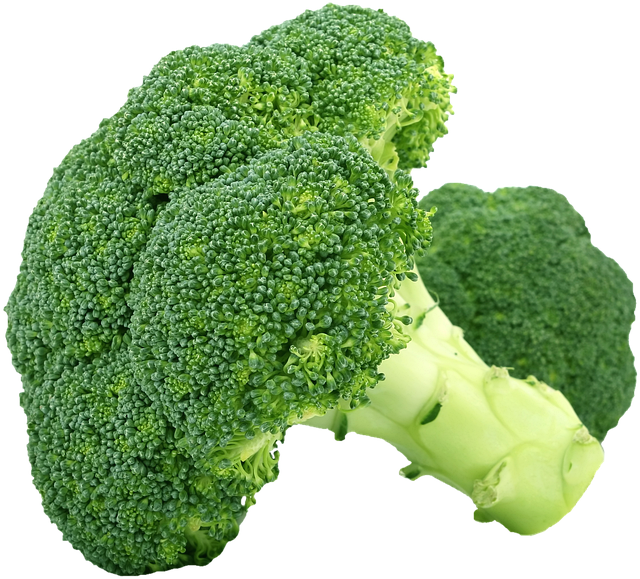When we think of a healthy lifestyle, the first images that come to mind are often fresh, colorful bowls of food. Within that vibrant spectrum, vegetables stand out as true nutritional powerhouses. Their natural abundance of vitamins, minerals, and fiber supports overall wellness, from heart health to mental clarity. By making vegetables the foundation of daily meals, you not only taste the difference but also feel the impact on your body and mind.
Why Vegetables Matter in a Balanced Diet
Vegetables are the unsung heroes of nutrition. They deliver essential micronutrients in forms that the body can easily absorb and use. A single cup of leafy greens can provide more than 100% of the daily requirement of vitamin K, which plays a critical role in blood clotting and bone metabolism. Moreover, vegetables are low in calories yet high in water and fiber, making them perfect for weight management and digestive health.
- Rich source of antioxidants that neutralize free radicals
- High in dietary fiber, aiding digestion and stabilizing blood sugar
- Contains phytonutrients that support immune function
- Low in saturated fat and sodium, promoting cardiovascular health
Vitamin C – The Immune System Booster
Among the many nutrients packed into vegetables, vitamin C stands out for its immune-boosting properties. Foods like bell peppers, broccoli, and Brussels sprouts contain up to 200% of the recommended daily allowance in a single serving. Vitamin C also enhances iron absorption, making it indispensable for preventing anemia, especially in vegetarians.
“A diet rich in vitamin C not only strengthens the immune system but also helps the body repair tissues and fight inflammation.” – Nutrition Expert
Key Vitamins Found in Everyday Vegetables
While vegetables provide a broad spectrum of nutrients, certain vitamins play pivotal roles in specific bodily functions. Below are some of the most influential vitamins and the vegetables that supply them in abundance.
- Vitamin A (Beta-Carotene): Sweet potatoes, carrots, and butternut squash are excellent sources, supporting vision, skin health, and immune defense.
- Vitamin K: Kale, spinach, and collard greens boast high vitamin K levels, essential for blood clotting and bone strength.
- Vitamin E: Avocado, though technically a fruit, works alongside vegetable greens like spinach, acting as a powerful antioxidant.
- Folate (Vitamin B9): Dark leafy greens, asparagus, and broccoli provide folate, critical for cell division and DNA synthesis.
Fiber – The Unsung Structural Support
Dietary fiber is a component that many people overlook. It contributes to satiety, reduces cholesterol levels, and regulates blood sugar spikes. A diet high in vegetables delivers both soluble and insoluble fiber, each playing distinct roles: soluble fiber softens stools and lowers LDL cholesterol, while insoluble fiber adds bulk and helps prevent constipation.
Incorporating vegetables like carrots, peas, and leafy greens into meals ensures you get a balanced fiber profile that supports gut health and overall well‑being.
Integrating Vegetables into Daily Habits
Adopting a vegetable-rich lifestyle does not require drastic changes. Here are practical ways to embed more vegetables into everyday routines without sacrificing flavor or convenience.
- Breakfast Boost: Add spinach or kale to smoothies, or top oatmeal with sautéed mushrooms and tomatoes.
- Midday Enhancement: Include a side salad with mixed greens, bell peppers, and cucumbers in lunch boxes.
- Snack Options: Swap processed snacks for raw veggie sticks with hummus or a yogurt dip.
- Evening Variety: Prepare stir‑fries, roasted vegetable medleys, or soups using a mix of seasonal produce.
Seasonal Cycling – Freshness and Nutrition Combined
Vegetables are at their peak when harvested at the right time. By following the natural seasons, you can enjoy both superior taste and higher nutrient density. For instance, late spring is ideal for asparagus, while early autumn brings crisp carrots and hearty squash varieties.
Seasonal cycling also supports environmental sustainability, reducing the carbon footprint associated with transporting out‑of‑season produce.
Vegetables and Mental Health
Emerging research links vegetable consumption to improved mental health outcomes. Nutrients like omega‑3 fatty acids found in certain greens, folate, and antioxidants help reduce inflammation and oxidative stress in the brain. A diet rich in vegetables may lower the risk of depression, anxiety, and age‑related cognitive decline.
Incorporating vegetables such as spinach, broccoli, and beet greens into meals can provide the brain with the support it needs for optimal function.
Cooking Tips to Preserve Nutrients
Not all cooking methods are created equal when it comes to nutrient retention. Here are simple techniques that keep vitamins intact while enhancing flavor.
- Steaming: A gentle method that preserves water‑soluble vitamins like vitamin C and folate.
- Quick Sautéing: A short cooking time in a little olive oil keeps antioxidants and phytonutrients from breaking down.
- Raw Consumption: Some vegetables, such as lettuce and cucumber, deliver the maximum amount of vitamin C when eaten uncooked.
- Fermentation: Sauerkraut and kimchi add probiotic benefits and intensify the vitamin content.
Addressing Common Myths About Vegetables
Despite their benefits, some myths discourage people from eating enough vegetables. It’s important to separate fact from fiction.
- “Vegetables are too bland.” In reality, a wide range of herbs, spices, and cooking techniques can elevate their flavor profile.
- “Vegetable consumption can cause digestive issues.” When introduced gradually, the body adapts to increased fiber, reducing bloating or gas.
- “All vegetables are equally nutritious.” While all vegetables offer benefits, the concentration of specific vitamins varies significantly across species.
Balancing with Other Food Groups
Vegetables should complement, not replace, protein sources and healthy fats. Pairing them with legumes, whole grains, or lean proteins maximizes nutrient absorption and sustains energy levels. For example, adding beans to a vegetable stir‑fry provides protein and iron, while whole grain rice supplies B vitamins and additional fiber.
Conclusion: A Plant‑Forward Path to Wellness
Vegetables are far more than a colorful garnish; they are the cornerstone of a healthy lifestyle. Their rich array of vitamins—especially vitamin C, vitamin A, vitamin K, and folate—combined with dietary fiber and antioxidants, creates a synergistic effect that supports physical health, mental clarity, and long‑term disease prevention. By incorporating vegetables into every meal, respecting seasonal availability, and employing nutrient‑preserving cooking methods, you can enjoy a vibrant diet that fuels the body and nourishes the soul. Let vegetables lead the way toward a balanced, vibrant, and health‑fulfilling life.



